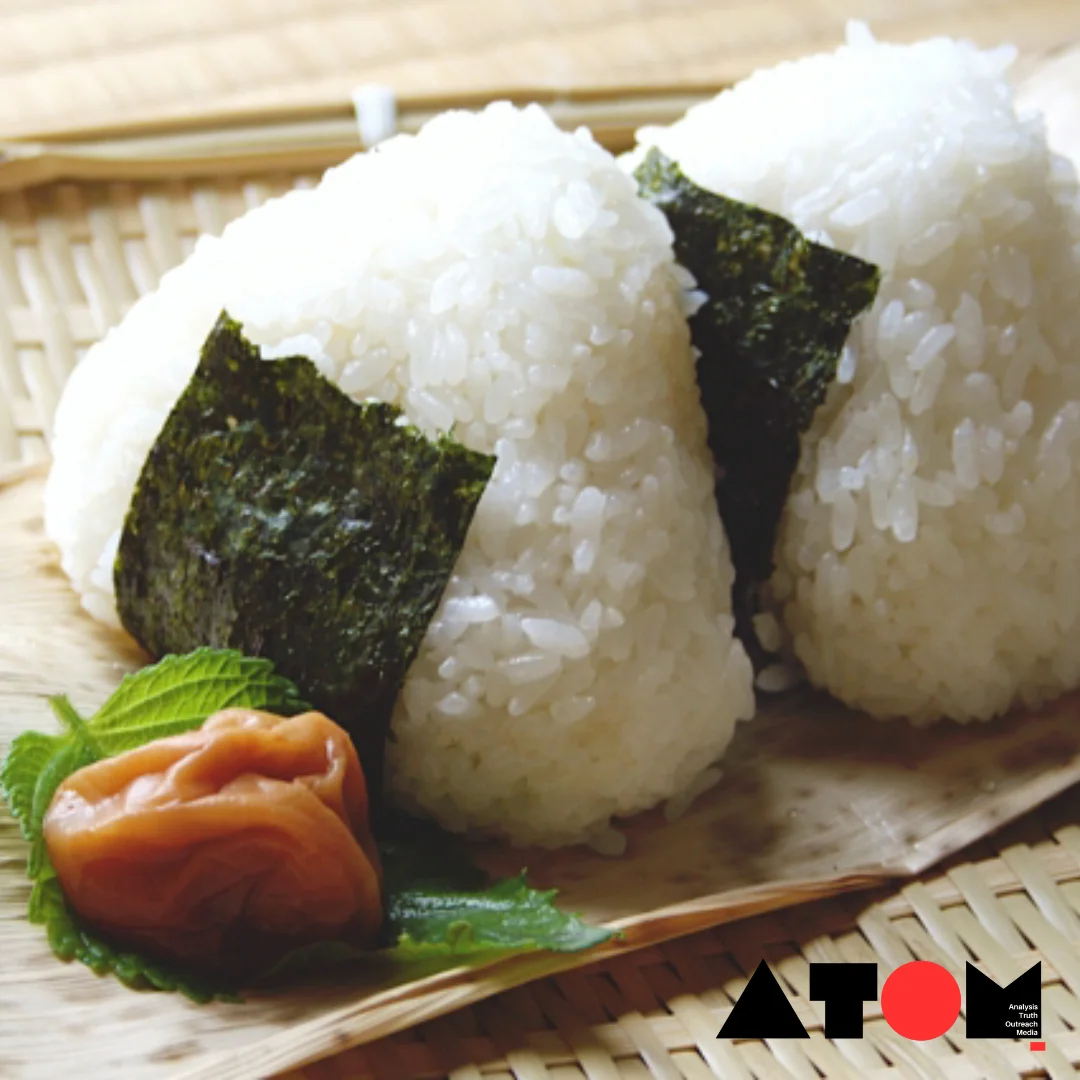Armpit-Sweat-Infused Rice Balls
Japan never ceases to amaze with its unique culinary inventions. The latest trend on social media is the unorthodox production of onigiri, or rice balls, saturated with armpit sweat rather than being formed by hands. This fad has elicited a range of reactions, from intrigue to revulsion, and has generated discussions about cleanliness and cultural value.
A Strange Culinary Phenomenon
In Japan, a recent culinary fad featuring onigiri, a popular Japanese snack, has sparked interest for its unusual preparation method. Instead of using their hands to shape rice balls, chefs are kneading and molding them with their armpits. This unconventional technique has thrown light on a new aspect of Japanese food culture, but it has also highlighted serious hygiene problems in the worldwide food industry.
Exploring the Origins of Onigiri
Onigiri is a beloved staple in Japanese cuisine, known for its simplicity, adaptability, and exquisite taste profiles. Onigiri, which dates back to the 9th century during Japan’s Heian period, was designed to be a portable and nutritious lunch for travelers, warriors, and laborers. Over the centuries, it has evolved into a traditional Japanese delicacy appreciated by people of all ages.
The Armpit-Sweat-Infusion Process
Before beginning the unorthodox preparation procedure, strict hygiene precautions are taken. All substances and body parts that come in contact with the food are thoroughly disinfected. Chefs then engage in physical activity to create sweat, shaping the rice balls with their armpits rather than their hands. Surprisingly, these armpit-crafted rice balls are said to cost up to ten times more than conventional onigiri in select restaurants.
Mixed Reactions and Social Media Debates
Viral videos showcasing this eccentric food trend have elicited a spectrum of reactions from the public. While some customers report no discernible difference in taste, others find the concept both intriguing and unsettling. Certain eateries have even opted to showcase the rice ball preparation process to reassure patrons about hygiene standards. The trend has ignited fervent debates on social media platforms, with opinions divided on its acceptability.
Scholarly Support and Cultural Significance
Despite the debate surrounding this eating fad, several researchers argue for its cultural value. An article released by the South China Morning Post (SCMP) digs into the special significance of armpits, claiming that perspiration from this area carries pheromones that can influence human emotions when sensed or tasted. This perspective illuminates the trend’s underlying cultural and physiological ramifications.
While the armpit-sweat-infused rice ball craze continues to capture curious minds, it remains a divisive topic. While some see it as a fresh cultural exploration, others find it unsanitary and unpleasant. As the argument rages on, one thing remains certain: Japan’s culinary environment is evolving, stretching the boundaries of tradition and innovation.
Read more: Marketing News, Advertising News, PR and Finance News, Digital News





